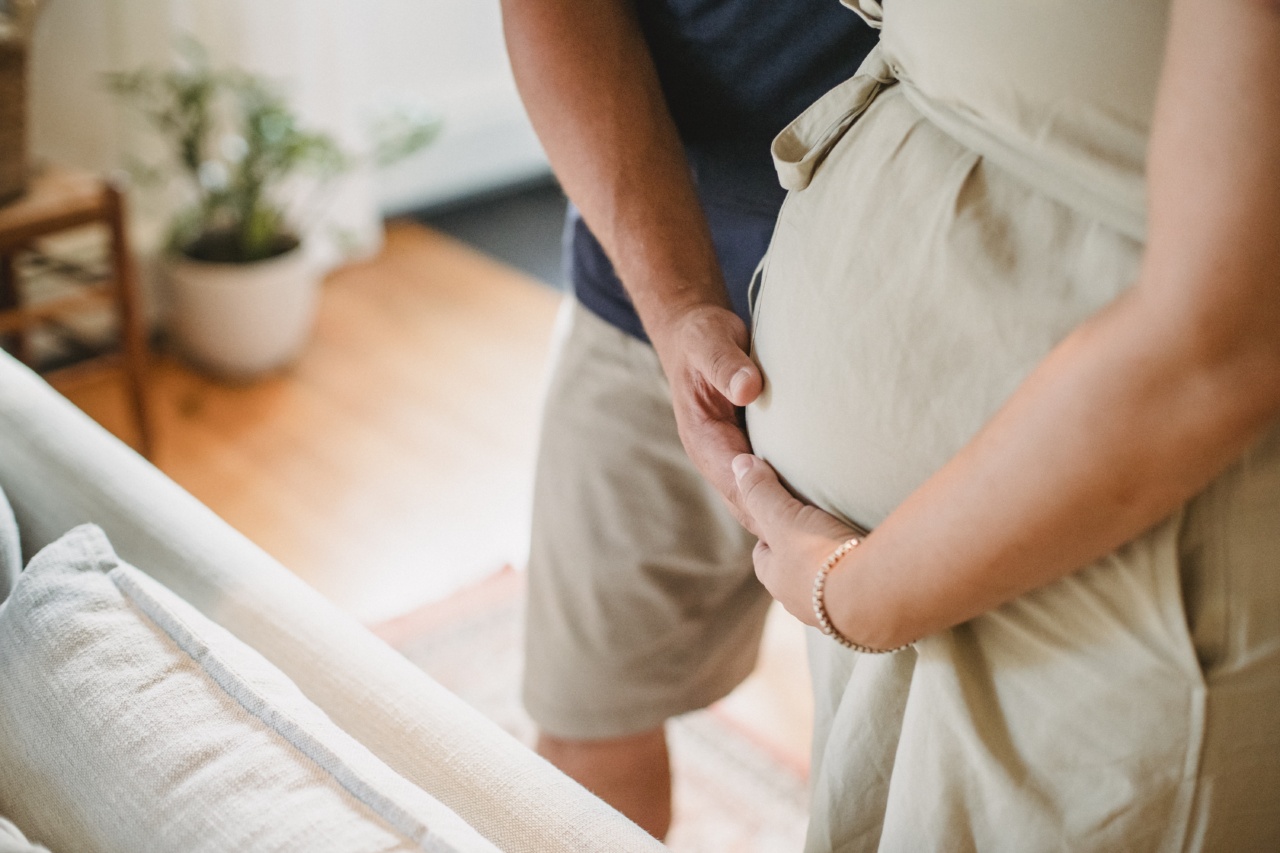Childbirth is an incredible experience, but it also comes with a lot of challenges. One of those challenges is incontinence. It’s a condition that affects a lot of women after childbirth, and it can be difficult to manage.
However, there are ways to manage this problem, and with a little bit of effort, you can regain control of your bladder.
What is incontinence?
Incontinence is the loss of bladder control, and it’s a common problem after childbirth. When you give birth, your pelvic floor muscles can become weak or damaged, which can lead to urinary incontinence.
This condition can manifest in different ways, but the most common is stress incontinence, which is when you leak urine when you cough, laugh, or exercise.
Causes of incontinence after childbirth
There are several factors that can contribute to incontinence after childbirth. Some of these include:.
- The weight of the baby pressing on the bladder during pregnancy and delivery
- Tearing or damage to the pelvic floor muscles during delivery
- Changes in hormone levels during pregnancy and delivery that weaken the muscles
Ways to manage incontinence
Managing incontinence after childbirth requires a multifaceted approach. Here are some ways to address the condition:.
- Exercise: Strengthening the pelvic floor muscles through exercises like Kegels can be effective in reducing incontinence.
- Diet: Certain foods and drinks can irritate the bladder, so it’s important to avoid things like caffeine, alcohol, and spicy or acidic foods.
- Bathroom habits: Making sure to go to the bathroom regularly and completely emptying the bladder can reduce incontinence.
- Protection: Using absorbent pads or protective undergarments can help keep you dry and prevent embarrassing accidents.
- Medical interventions: In some cases, medication or surgery may be necessary to manage incontinence.
Exercises to strengthen the pelvic floor muscles
Kegel exercises are a great way to strengthen the pelvic floor muscles and improve bladder control. Here’s how to do them:.
- Identify your pelvic floor muscles by tightening the muscles you use to stop urinating.
- Squeeze these muscles for three seconds, then relax for three seconds.
- Repeat this exercise 10-15 times in a row, three times a day.
Make sure to breathe normally and not contract your abdominal or thigh muscles while doing these exercises.
How to make lifestyle changes to help manage incontinence
There are several lifestyle changes you can make to help manage incontinence. Here are some tips:.
- Drink plenty of water to stay hydrated, but avoid caffeine, alcohol, and carbonated beverages.
- Limit your intake of spicy or acidic foods, which can irritate the bladder.
- Try to maintain a healthy weight, as excess weight can put more pressure on the pelvic floor muscles.
- Quit smoking if you’re a smoker, as smoking can have a negative impact on bladder control.
- Urinate frequently, even if you don’t feel the need to go, to help train your bladder to hold more urine.
When to see a doctor
If incontinence is affecting your day-to-day life, it’s important to see a doctor. They can run tests to determine the cause of your incontinence and provide treatment options.
It’s also important to see a doctor if you experience any of the following symptoms:.
- Blood in your urine
- Pain or discomfort when urinating
- Fever or chills
- Abdominal pain or swelling
Conclusion
Incontinence can be a frustrating condition to deal with, but it’s important to remember that you’re not alone. There are many women who experience this problem after childbirth, and there are ways to manage it.
By making lifestyle changes, doing pelvic floor exercises, and seeking medical help if necessary, you can regain control of your bladder and get back to enjoying your life.



























